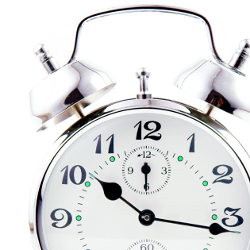About Industrial Designs
A finished article manufactured by hand, tool or machine may be registered and protected as an industrial design. According to the Industrial Design Act, an industrial design protects the “features of shape, configuration, pattern or ornament and any combination of those features that, in a finished article, appeal to and are judged solely by the eye.” Examples of industrial designs would include the shape of a table, the handle of a spoon, the shape of a pop bottle or the ornamental design or pattern on an article.
 The following are some things that CANNOT be registered as industrial designs:
The following are some things that CANNOT be registered as industrial designs:
a) designs that are only utilitarian or functional;
b) designs that are not fixed (e.g. holograms);
c) designs that are not clearly visible;
d) methods or principles of manufacture or construction;
e) an idea;
f) materials used in the construction of an article;
g) useful function of an article;
h) colour (but patterns may be protected).
If a design was originally a work of art then it would automatically be protected under the Copyright Act, but if one produces more than 50 “single useful articles or sets of articles” then it is usually considered to be an industrial design and can only be protected under the Industrial Design Act. Legal advice should always be sought as there are time limitations imposed if the industrial design has been publically disclosed.




